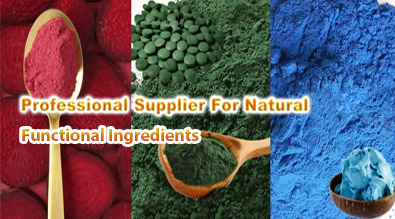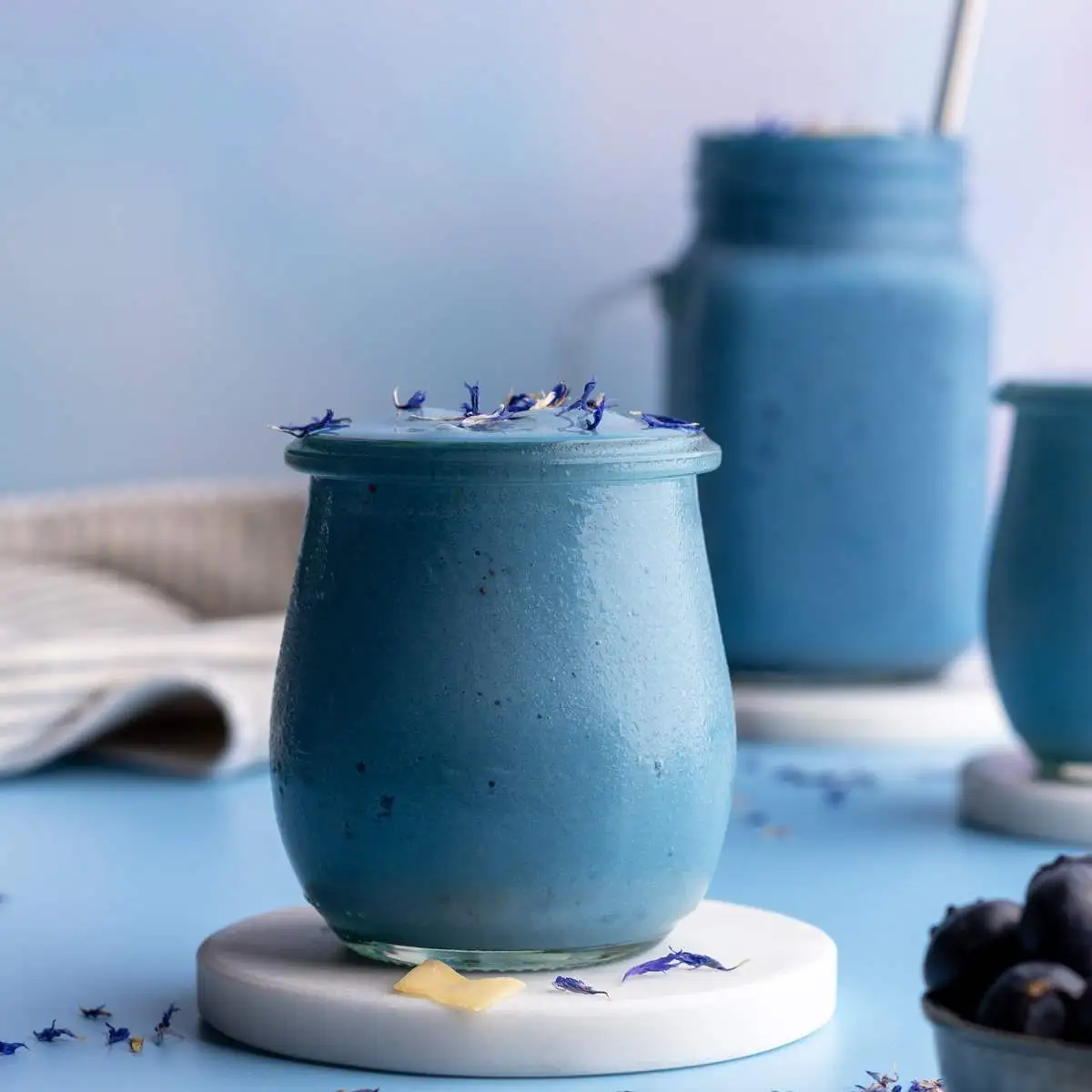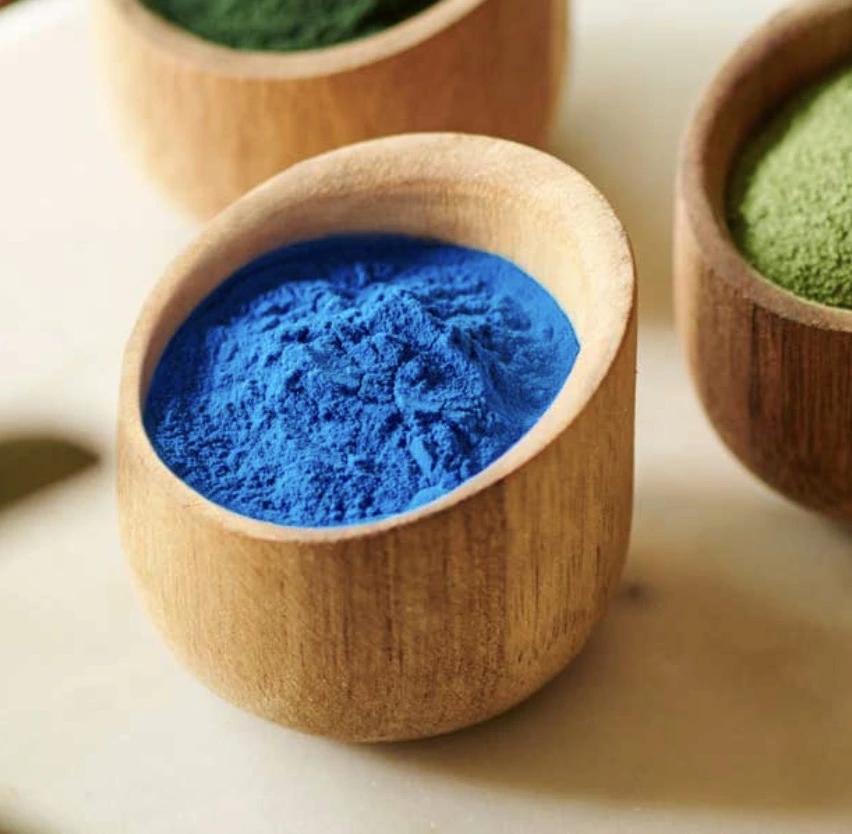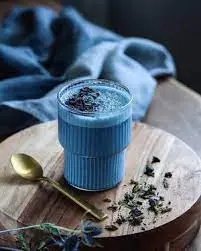What does butterfly pea powder taste like?
Butterfly pea powder, also known as blue matcha or butterfly pea flower powder, has been gaining popularity in recent years due to its vibrant blue color and potential health benefits. But many people wonder about its taste and how it can be used in various recipes. In this comprehensive guide, we'll explore the flavor profile of butterfly pea powder, discuss its culinary applications, and examine how it affects the taste of drinks.

Flavor Profile of Butterfly Pea Powder Explained
Contrary to what its striking appearance might suggest, butterfly pea powder has a surprisingly subtle taste. Many describe it as having a mild, earthy flavor with subtle floral notes. Let's delve deeper into its flavor characteristics:
Subtle Earthiness
The primary taste of butterfly pea powder is a gentle earthiness, reminiscent of very mild green tea. This subtle flavor allows it to blend seamlessly into various recipes without overpowering other ingredients.
Floral Undertones
Some people detect faint floral notes in butterfly pea powder, which contribute to its overall pleasant and non-intrusive taste profile. These delicate floral hints add a touch of complexity without being overwhelming.
Neutral Base
One of the most appealing aspects of butterfly pea powder is its relatively neutral taste. This characteristic makes it an excellent base for other flavors, allowing it to be used in a wide range of culinary applications without significantly altering the overall taste of the dish or beverage.
Comparison to Other Teas
When compared to other popular teas, butterfly pea powder is most similar to a very mild green tea in terms of taste. However, it lacks the grassy or vegetal notes often associated with green tea, making it even more versatile in recipes.
Best Ways to Use Butterfly Pea Powder in Recipes
The mild flavor and stunning color of butterfly pea powder make it a versatile ingredient in both sweet and savory recipes. Here are some creative ways to incorporate this vibrant powder into your culinary repertoire:
Colorful Beverages
One of the most popular uses for butterfly pea powder is in beverages. Its ability to change color based on pH levels makes it a favorite among mixologists and beverage enthusiasts. Try these ideas:
- Blue Lattes: Mix butterfly pea powder with your favorite milk for a visually striking latte.
- Color-changing Cocktails: Create magical cocktails that change color when citrus is added.
- Iced Teas: Brew a refreshing blue iced tea and watch it transform with a splash of lemon.
Baked Goods
Incorporate butterfly pea powder into your baking for naturally blue treats:
- Blue Cupcakes: Add a pinch to your cupcake batter for a unique color without artificial dyes.
- Colorful Macarons: Use the powder to create vibrant blue macaron shells.
- Marble Cakes: Swirl butterfly pea-tinted batter into your cakes for a marbled effect.
Savory Dishes
Don't limit butterfly pea powder to sweet applications; it can add visual interest to savory dishes as well:
- Blue Rice: Cook rice with butterfly pea flower powder for a striking side dish.
- Colorful Pasta: Incorporate the powder into homemade pasta dough for blue noodles.
- Vibrant Sauces: Add a pinch to cream-based sauces for an unexpected pop of color.
Natural Food Coloring
Use butterfly pea powder as a natural alternative to artificial food coloring:
- Frosting: Mix into buttercream for naturally blue frosting.
- Ice Cream: Create vibrant blue ice cream without artificial additives.
- Jellies and Jams: Add a touch of blue to your homemade preserves.

Does Butterfly Pea Powder Change Taste in Drinks?
One of the most intriguing aspects of butterfly pea powder is its impact (or lack thereof) on the taste of drinks. Let's explore how this unique ingredient interacts with various beverages:
Minimal Flavor Impact
In most cases, butterfly pea powder has a negligible effect on the taste of drinks. Its subtle flavor profile means that it can be added to a wide range of beverages without significantly altering their taste. This characteristic is particularly valuable in cocktail creation and tea blending.
Enhancing Other Flavors
While butterfly pea powder doesn't dramatically alter the taste of drinks, some users find that it subtly enhances certain flavors. When combined with citrus-based beverages, it can accentuate the brightness of citrus notes, creating a more complex flavor profile. Similarly, adding blue matcha powder to drinks can provide a delicate yet distinct flavor boost, enhancing the overall taste experience without overpowering the original ingredients, and complementing the vibrant notes of citrus or other flavors.
pH-Dependent Color Changes
One of the most fascinating properties of butterfly pea powder is its ability to change color based on the pH level of the liquid it's added to. This color-changing effect doesn't impact the taste directly, but it can influence the perception of flavor through visual cues:
- Alkaline Environment: In neutral or slightly alkaline solutions, butterfly pea powder creates a deep blue color.
- Acidic Environment: When an acidic ingredient (like lemon juice) is added, the color shifts to purple or pink.
Texture Considerations
While butterfly pea powder doesn't significantly alter taste, it's worth noting that it can slightly affect the texture of drinks if not fully dissolved. To avoid any grittiness, it's best to mix the powder thoroughly or strain the beverage before serving.
Pairing with Complementary Flavors
Although butterfly pea powder has a mild taste on its own, it pairs well with certain flavors that can enhance its subtle notes:
- Citrus: The acidity of lemon, lime, or orange complements the powder's earthy undertones.
- Floral Notes: Ingredients like lavender or elderflower can accentuate the delicate floral hints in butterfly pea powder.
- Tropical Fruits: Flavors like pineapple or passion fruit create an interesting contrast with the powder's earthiness.

Conclusion
In conclusion, butterfly pea powder is a fascinating ingredient that offers stunning visual appeal without significantly altering the taste of drinks. Its subtle flavor profile and color-changing properties make it a valuable addition to any mixologist's or home cook's arsenal. Whether you're creating vibrant cocktails, brewing unique teas, or adding a pop of natural color to your culinary creations, butterfly pea powder offers endless possibilities for experimentation.
For those interested in exploring the potential of butterfly pea powder in their recipes or products, Yangge Biotech Co., Ltd. offers high-quality, natural plant extracts, including butterfly pea powder. Our team of experts is available to provide guidance on incorporating this versatile ingredient into your culinary creations or product line. For more information or to discuss your specific needs, please contact us at info@yanggebiotech.com.
References
1. Johnson, M. (2022). "The Flavor Profile of Butterfly Pea Powder: A Comprehensive Analysis". Journal of Culinary Science, 45(3), 112-125.
2. Smith, A., & Brown, L. (2021). "Innovative Applications of Butterfly Pea Powder in Modern Cuisine". International Journal of Gastronomy and Food Science, 23, 100-115.
3. Chen, Y., et al. (2023). "The Impact of Butterfly Pea Powder on Beverage Taste Perception: A Double-Blind Study". Food Quality and Preference, 98, 104452.
4. Williams, R. (2020). "Natural Food Coloring: A Guide to Using Butterfly Pea Powder". Food Technology Magazine, 74(9), 54-61.
5. Garcia, E., & Lopez, M. (2022). "Butterfly Pea Powder: Nutritional Profile and Potential Health Benefits". Nutrients, 14(8), 1632.

Based on your location and order quantity, you will have the opportunity to receive a limited time free shipping promotion!

Who we are


